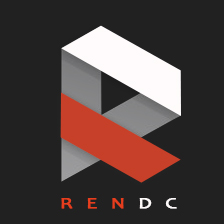41⟩ Explain XML-RPC?
XML-RPC is a protocol that uses XML messages to perform Remote Procedure Calls. Requests are encoded in XML and sent via HTTP POST; XML responses are embedded in the body of the HTTP response.
More succinctly, XML-RPC = HTTP + XML + Remote Procedure Calls.
Because XML-RPC is platform independent, diverse applications can communicate with one another. For example, a Java client can speak XML-RPC to a Perl server.
To get a quick sense of XML-RPC, here is a sample XML-RPC request to a weather service (with the HTTP Headers omitted):
<?xml version="1.0″ encoding="ISO-8859-1″?>
<methodCall>
<methodName>weather.getWeather</methodName>
<params>
<param><value>10016</value></param>
</params>
</methodCall>
The request consists of a simple element, which specifies the method name (getWeather) and any method parameters (zip code).
Here is a sample XML-RPC response from the weather service:
<?xml version="1.0″ encoding="ISO-8859-1″?>
<methodResponse>
<params>
<param>
<value><int>65</int></value>
</param>
</params>
</methodResponse>
The response consists of a single element, which specifies the return value (the current temperature). In this case, the return value is specified as an integer.
In many ways, XML-RPC is much simpler than SOAP, and therefore represents the easiest way to get started with Web services.
The official XML-RPC specification is available at XML-RPC.com. Dozens of XML-RPC implementations are available in Perl, Python, Java, and Ruby. See the XML-RPC home page for a complete list of implementations.


